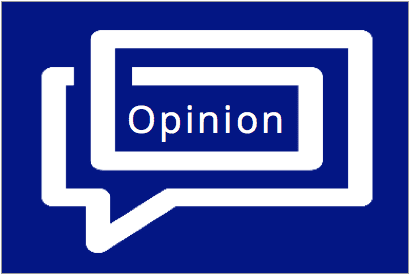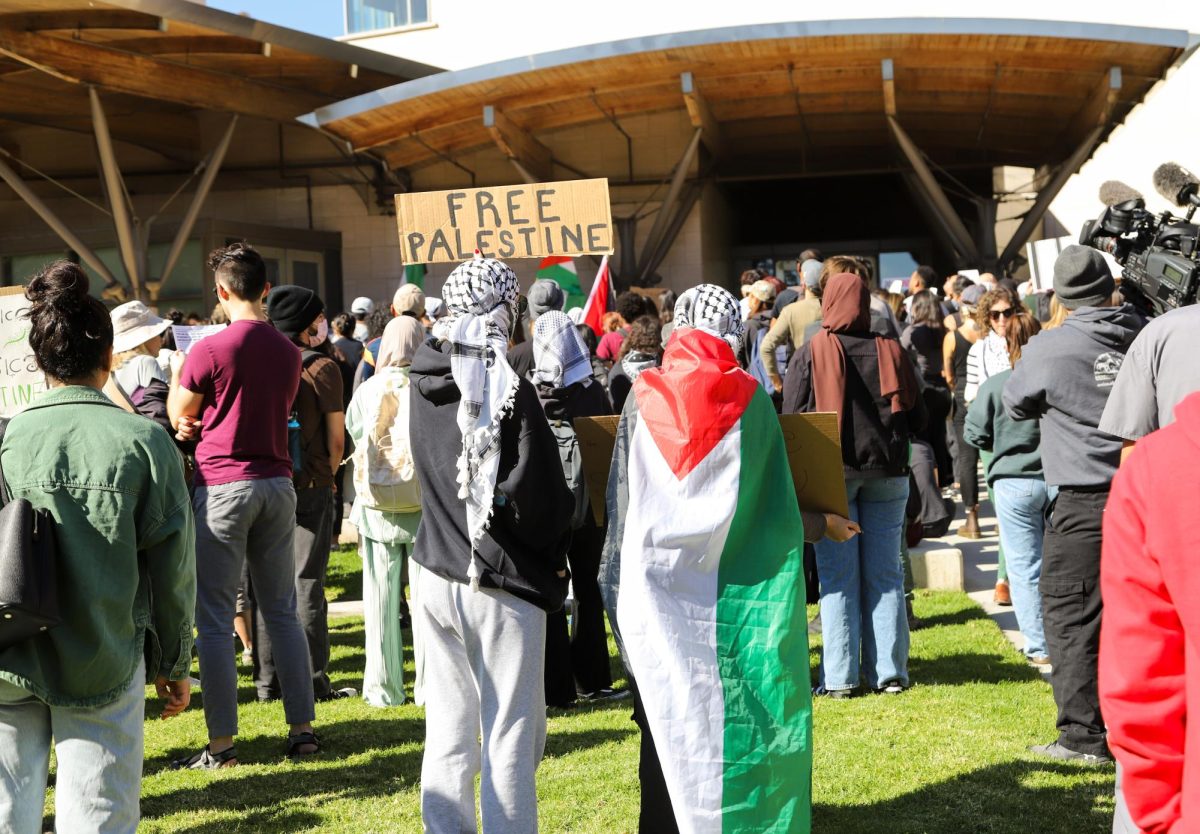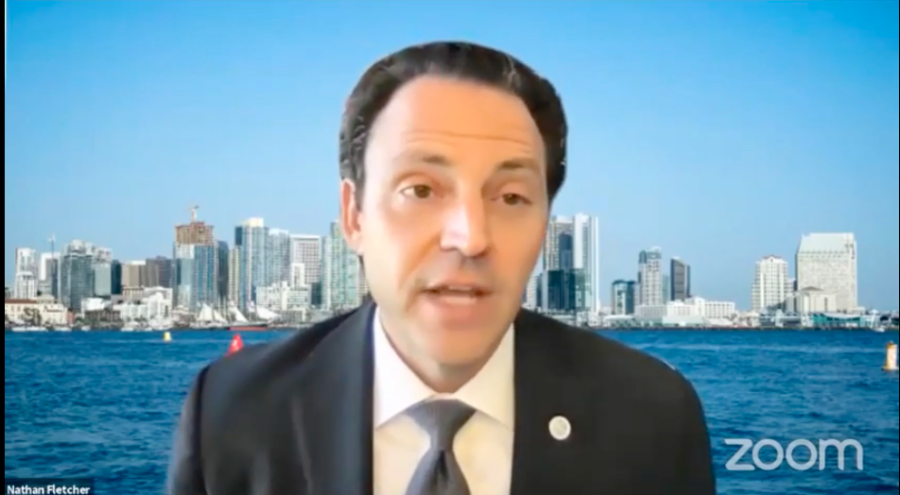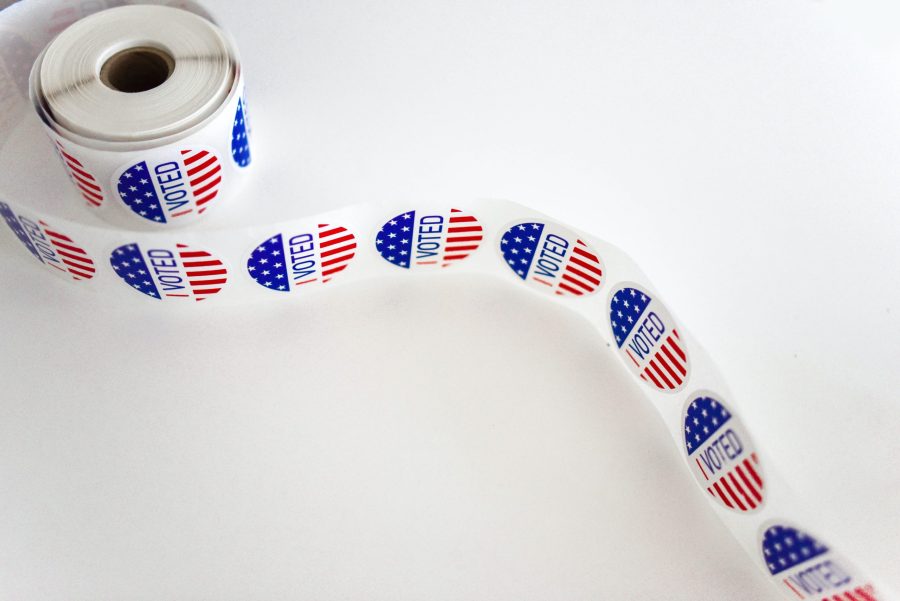Recent laws requiring voters’ photo identification at polling offices aren’t the first to complicate the democratic process of voting, and probably won’t be the last. But in a political climate of low voter turnout, virtually nonexistent voter fraud and infinitesimal margins of victory in elections, it’s important that every American citizen — not just the majority who have a form of photo identification — be able to take part in the election process.
These laws were passed for the purpose of increasing voter security and improve voter turnout. This legislation would be effective if voter fraud had a significant impact on election results, and if people knew voting polls were secured.
But neither of these assumptions are true. In a comprehensive study tracking voter elections from 2000 to 2014, Loyola Law School’s Justin Levitt found that in over one billion votes investigated, there were only 31 cases of voter impersonation.
This shows that voter fraud does not have a significant impact on the outcome of elections — its frequency being less than 0 percent. A research study at Columbia University on the impact of voter fraud finds that “…perceptions of fraud have no relationship to an individual’s likelihood of turning out to vote.” In regards to voters’ sense of security in elections, the report also found that whether voters are subject to strict identification requirements or lax ones, they expect the same rates of fraud to occur. In short, the laws do not instill a greater sense of election security in voters.
Despite this, a recent UCSD study found that they do decrease turnout by 10.8 points among Latino voters and 12.8 points among multiracial Americans in states requiring strict photo ID versus those without such restrictions. They similarly double the gap between white & Latino voters — resulting in 11.9 points compared to 5.3 — and between white and multiracial voters. Across states, the decrease in turnout with such laws in place is disproportionate by party: Democratic turnout drops by 7.7 percent in general elections where strict photo ID laws are in place, whereas Republican turnout drops only by 4.6 percent.
Where discouragement of voters does occur is within the estimated one to 10 percent of voters without photo identification. This fraction of the population is turned away from elections in states with strict photo identification laws in place. And they’re also discouraged from voting in states which request photo ID without enforcing it.
In these states — which currently number at 17 total — voters can sign an affidavit of identity while casting their votes instead of showing photo ID. In this case, they will be contacted through the mail and required to respond in order to confirm they live in the residence specified on the affidavit. If they do not respond, their vote is not counted. While this doesn’t explicitly turn voters away from booths, it punishes Americans without photo identification, with barriers that don’t exist for higher socioeconomic classes.
Groups who felt voter fraud was most common, according to a Columbia report analyzing public opinion by demographic, were Republican, conservative, white and of the highest income quintile on the report.
While only a fraction of states currently require photo identification, these laws are in place to go into effect in most — if not all — states. Within nine years, 36 states passed these laws based on no severe threat, ten of them being absolutely restrictive. Stricter voter identification laws make voting an impossibility for some.
No infringement on voting rights and representation happens overnight. Literacy tests did not suddenly surface to disenfranchise Black voters. The identification requirements currently in place are just the beginning of what could become a national establishment to prevent citizens of lower socioeconomic classes from exercising their right to participate in elections.











